Search Images
Browse Content (p. 148)
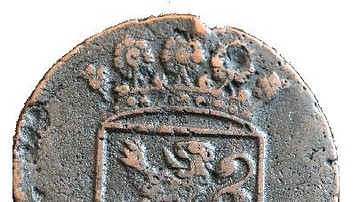
Image
Dutch East India Company Coinage
The front and reverse of a Dutch East India Company duit - an old Dutch copper coin.

Image
Johan van Oldenbarnevelt
Dutch lawyer and statesman Johan van Oldenbarnevelt (1547-1619). Considered the founding father of the Dutch East India Company. (Rijksmuseum, Amsterdam)
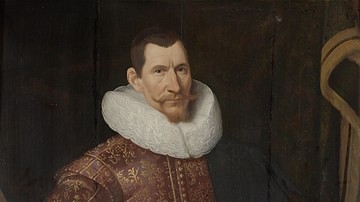
Image
Jan Pieterszoon Coen, Governor General of the Dutch East Indies
Jan Pieterszoon Coen (1587-1629), an officer of the Dutch East India Company and twice the company's Governor-General in the Dutch East Indies, oil on wood portrait after Jacob Waben, 1629.
Westfries Museum, Hoorn, The Netherlands.
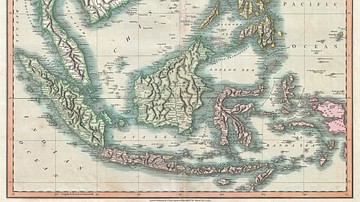
Image
Map of the East Indies and Southeast Asia
An 1801 map of the East Indies and Southeast Asia ( Singapore, Borneo, Sumatra, Java, Philippines).
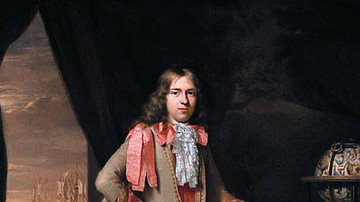
Image
Willem de Vlamingh
Believed to be a portrait of Dutch seafarer Willem de Vlamingh (1640-1698), who sailed for the Dutch East India Company. (Australian National Maritime Museum, Sydney)
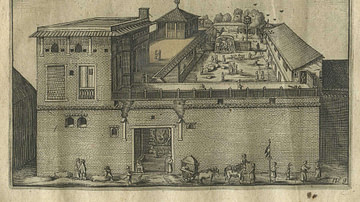
Image
Dutch East India Company's Warehouse and Living Quarters
Dutch East India Company's warehouse and living quarters in Surat, India, as seen in April 1629 by Pieter van den Broecke (1585-1640), a Dutch cloth merchant in the service of the VOC.
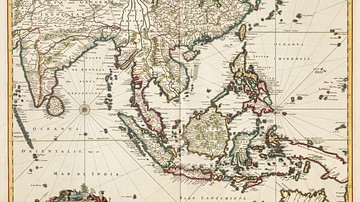
Image
Dutch East India Company Trading Regions
Map of East India, taken from the Atlas van der Hagen, Koninklijke Bibliotheek, The Hague Part 4. This map of South East Asia was published by Nicolaas Visscher II (1649-1702). The map shows the entire trading region of the Dutch East India...
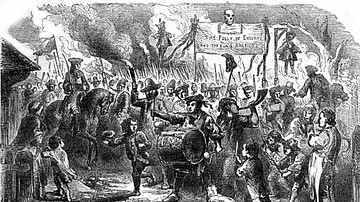
Image
Stamp Act Riots in Boston, August 1765
The riots in Boston, Massachusetts over the Stamp Act in August 1765. Illustration by John Cassell, from Cassell's Illustrated History of England, Volume 5, 1865.

Image
Galileo's Design for a Pendulum Clock
A design for a pendulum clock made by Galileo Galilei (1564-1642) in the last year of his life. Galileo never made a working model of the clock (although his son did in 1649). Illustration by Vincenzo Viviani. (Science Museum, London)
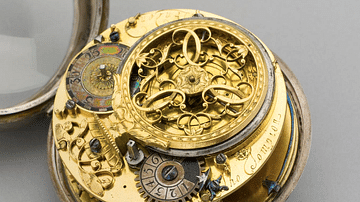
Image
Balance Spring Watch Mechanism
A watch mechanism using a balance spring. Made by Thomas Tompion (1639-1713). Such watches, of which this is one of the earliest surviving, greatly improved accuracy over pendulum clocks. Made between 1675 and 1679. (Science Museum, London)